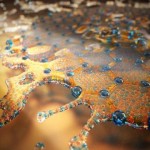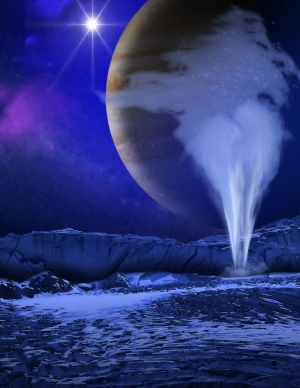Researchers from Lund University in Sweden have discovered that our drinking water is to a large extent purified by millions of “good bacteria” found in water pipes and purification plants. So far, the knowledge about them has been practically non-existent, but this new research is about to change that.
A glass of clean drinking water actually contains ten million bacteria! But that is as it should be — clean tap water always contains harmless bacteria. These bacteria and other microbes grow in the drinking water treatment plant and on the inside of our water pipes, which can be seen in the form of a thin, sticky coating — a so-called biofilm. All surfaces from the raw water intake to the tap are covered in this biofilm.
Findings by researchers in Applied Microbiology and Water Resources Engineering show that the diversity of species of bacteria in water pipes is huge, and that bacteria may play a larger role than previously thought. Among other things, the researchers suspect that a large part of water purification takes place in the pipes and not only in water purification plants. Read more






